Risk Assessment
Tree Risk Assessment Services in Atlanta
Keep your property protected from damage by scheduling tree risk assessment services with Boutte Tree today!
An important part of being a homeowner is proactive care f your property and understanding the potential risks and hazards it may face. Though trees provide many benefits to our properties, including shade and better health, they can also be one of the largest liabilities. Fallen trees or creeping roots can all lead to large, expensive costs that could be avoided with a quality tree risk assessment.
Why Schedule a Tree Risk Assessment?
A damaged tree can threaten your home and property, and even a healthy tree may be encroaching in places it shouldn't. A risk assessment can help you locate problem trees or areas and our certified arborist will explain what needs to be done with them. Some of the reasons to schedule a risk assessment include:
- Tree Health: Trees provide comfort and curb appeal for your property. You can often measure your trees’ continued health with a tree risk assessment, making sure they stay healthy and happy.
- Insurance Risks: Tree damage isn’t always covered by homeowner’s insurance, especially when it’s not related to a storm. A risk assessment can not only prevent you from dealing with damage but may also help your insurance to cover a portion of the damages.
- Property Damage: A fallen tree or branch can cause significant damage to your home or property. Everything from a broken gutter to a smashed roof or windows. A tree risk assessment will help you know where you stand before things are damaged.
How Does a Tree Risk Assessment work?
When you schedule a tree risk assessment, one of our expert workers will come to your property to assess and measure the health of your trees. With over 15 years of experience, we use our extensive knowledge to find common issues and risks including:
- Rotten wood or unhealthy bark
- Overhead power lines
- Overgrown crown
- Dead or damaged tree branches
- Detached or hanging tree branches
- Potential roofing or vehicle damage
- Mushroom growth around roots and trunk base
- Root erosion
- Leaning trunk
- Adjacent tree health or damage
A tree risk assessment is your chance to get a full measure and understanding of the health of your trees and the potential risks that you may face. Trees can fail in a variety of ways; a skilled arborist will know which type of failure is most likely for a given tree and be able to provide meaningful advice about the ways to lower risk for the particular kind of failure anticipated.
The following is a list of tools and the information that they provide. Once the assessment is complete, our experts will provide potential solutions including tree removal, tree trimming, general pruning, and more!
Root Excavators
Root excavators use pressurized air to blow soil away from the roots right next to the trunk so that the root system can be evaluated for rot, fractures, and other signs of weakness. The use of air prevents the roots from losing bark in the process of digging.
Lean Indicators
Lean indicators are simply gauges that are installed to measure the lean of a tree as time goes by. Sometimes the movement of trees is gradual, and usually, in the months and years before a tree falls, the root plate bulges upward on the backside and the tree tilts imperceptibly in the direction of fall. These gauges provide a reference for measuring lean over time.
Lab Analysis
Lab analysis of infected leaves or other tissue can provide an arborist with the knowledge he or she needs to recommend chemicals, fertilizers, or other treatments.
Resistograph® Section
A risk assessment involves a two step process of a visual inspection of the tree. The first stage is the visual inspection of the tree for defect symptoms and vitality. If problems are suspected on the basis of symptoms, a thorough examination is carried out. If a defect is confirmed it is measured and the strength of the remaining part of the tree is tested. The key difference is in the ability to not only detect defects but to determine the strength lost. This is done by structural testing using the Resistograph®.
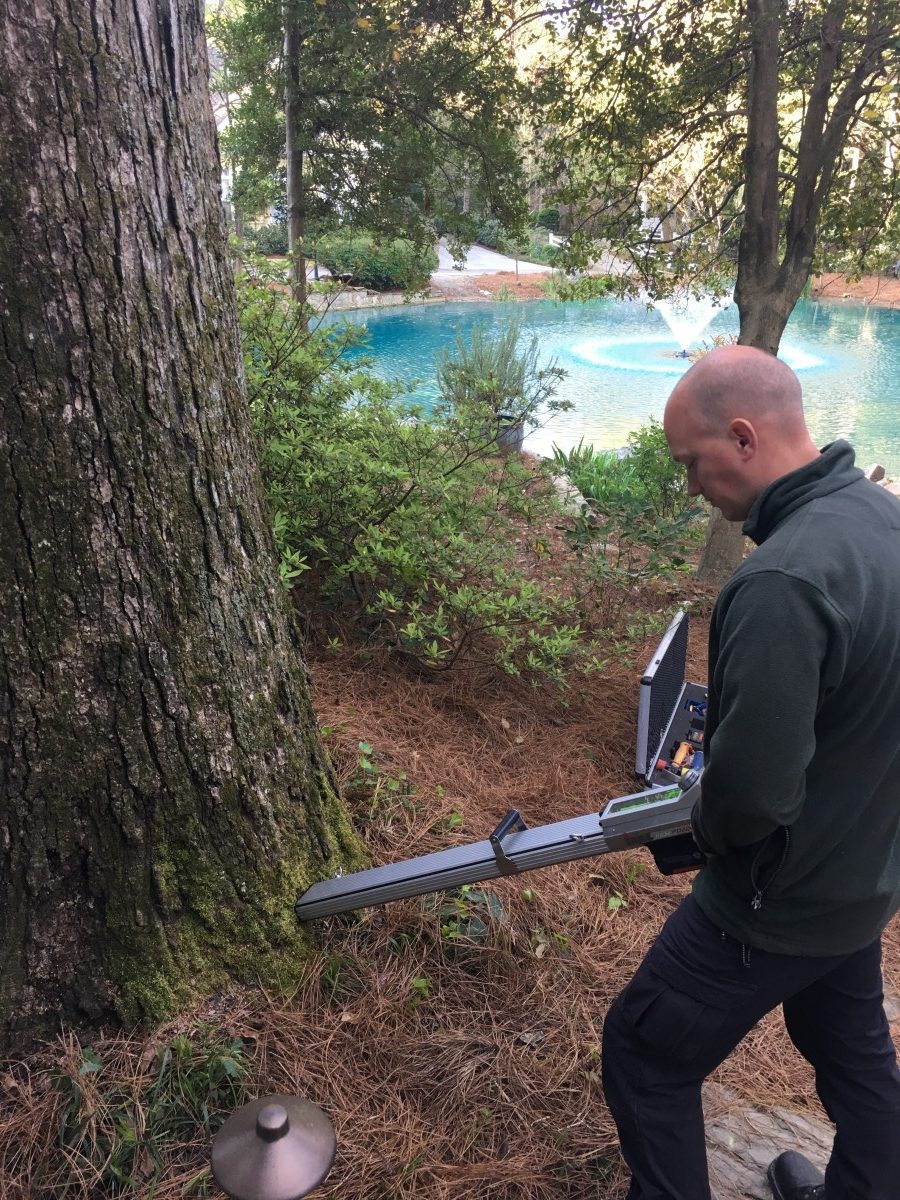
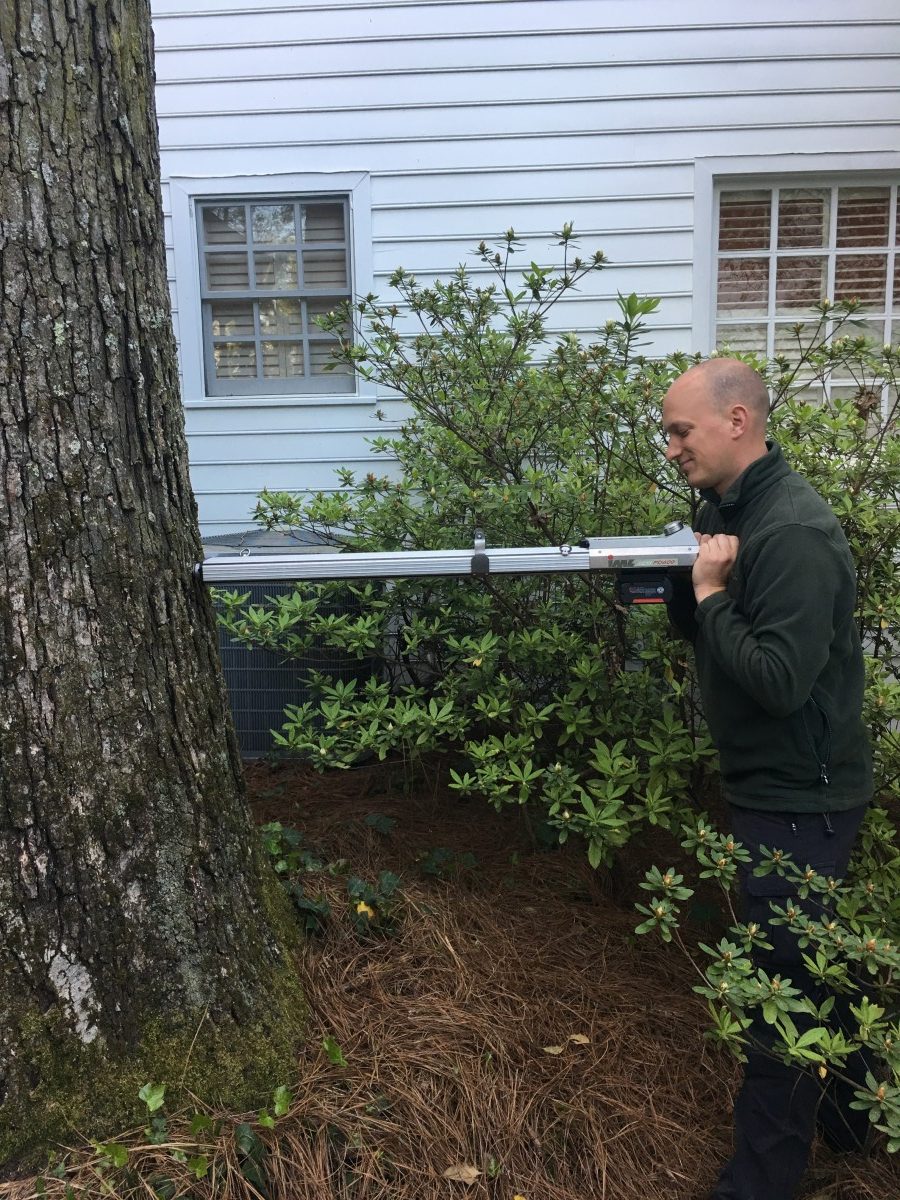
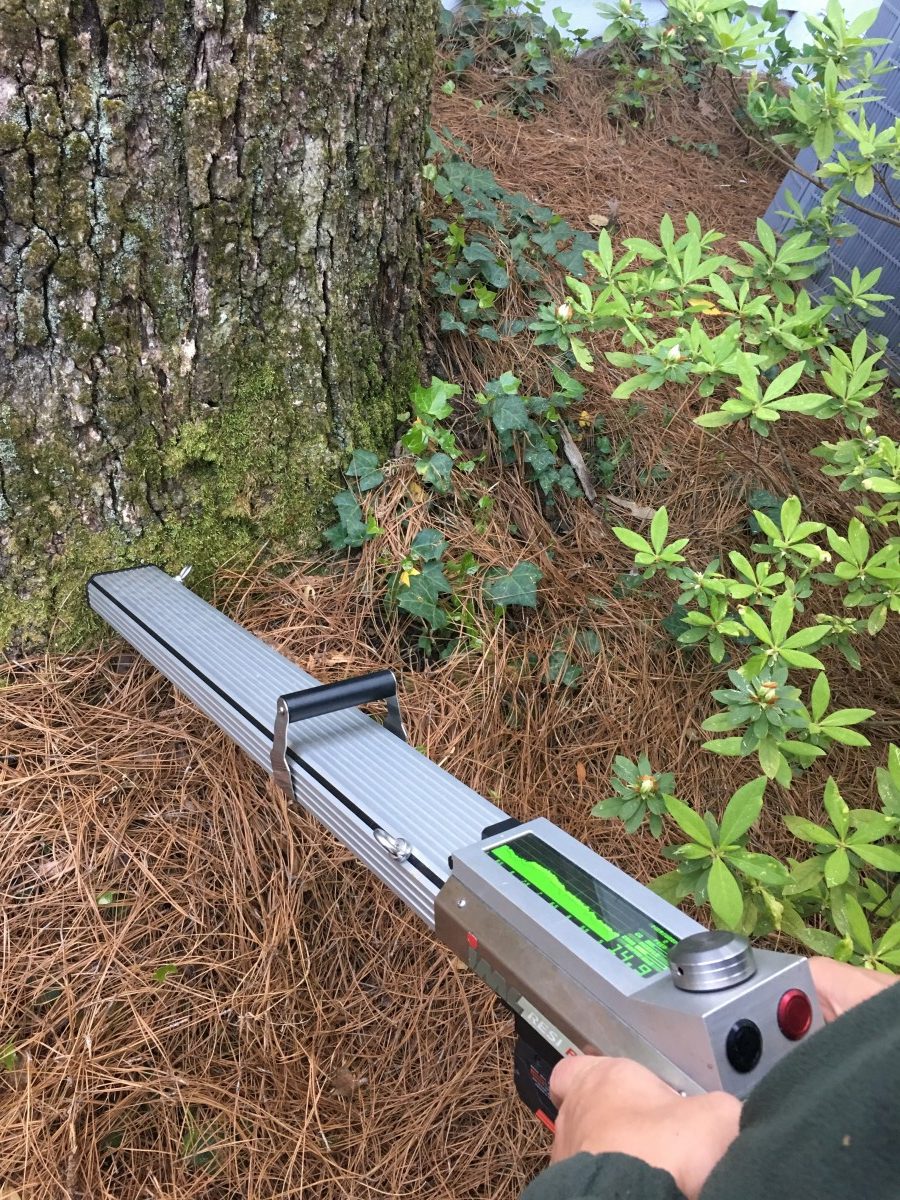
The Resistograph® is an assisting instrument in terms of testing decayed and hollow areas in trees.
The Resistograph® measures drilling resistance as a small diameter needle penetrates the wood at constant speed. A Resistograph ® can drill up to a depth of 16 inches. However, injury to the wood is minimal as the hole left by the 1.5mm-3mm diameter needle is very small. The sawdust remains in the bore hole which closes the canal.
In order to live safely with trees in an urban environment, we need a standardized way to assess their safety; this is where Tree Risk Assessments come in.
In Tree Risk assessments we don’t only look at the structural health and vitality of the tree, we assess a wide range of factors like site conditions, load factors, target areas and more. A tree in the woods might be structurally failing, but poses no risk since there is no target. With this standardized method, created by the International Society of Arboriculture, we can give trees a risk level. By talking to our clients, we can understand what level of risk they are comfortable with and then make a recommendation. The choices are to either keep the tree and mitigate possible risks or remove the tree when the risk is higher than what the client finds acceptable.
There are different levels of risk assessments.
Level 1 is assessing the tree from a distance, this is usually only used for making assessments on many trees in a short amount of time.
Level 2 is a full assessment of the tree from close up.
Level 3 is a full assessment with advanced techniques like drilling into the tree with a resistograph to look for internal decay. A Level 3 assessment can also include an aerial assessment where the assessor will climb the tree to assess possible defects in the canopy and upper trunk.
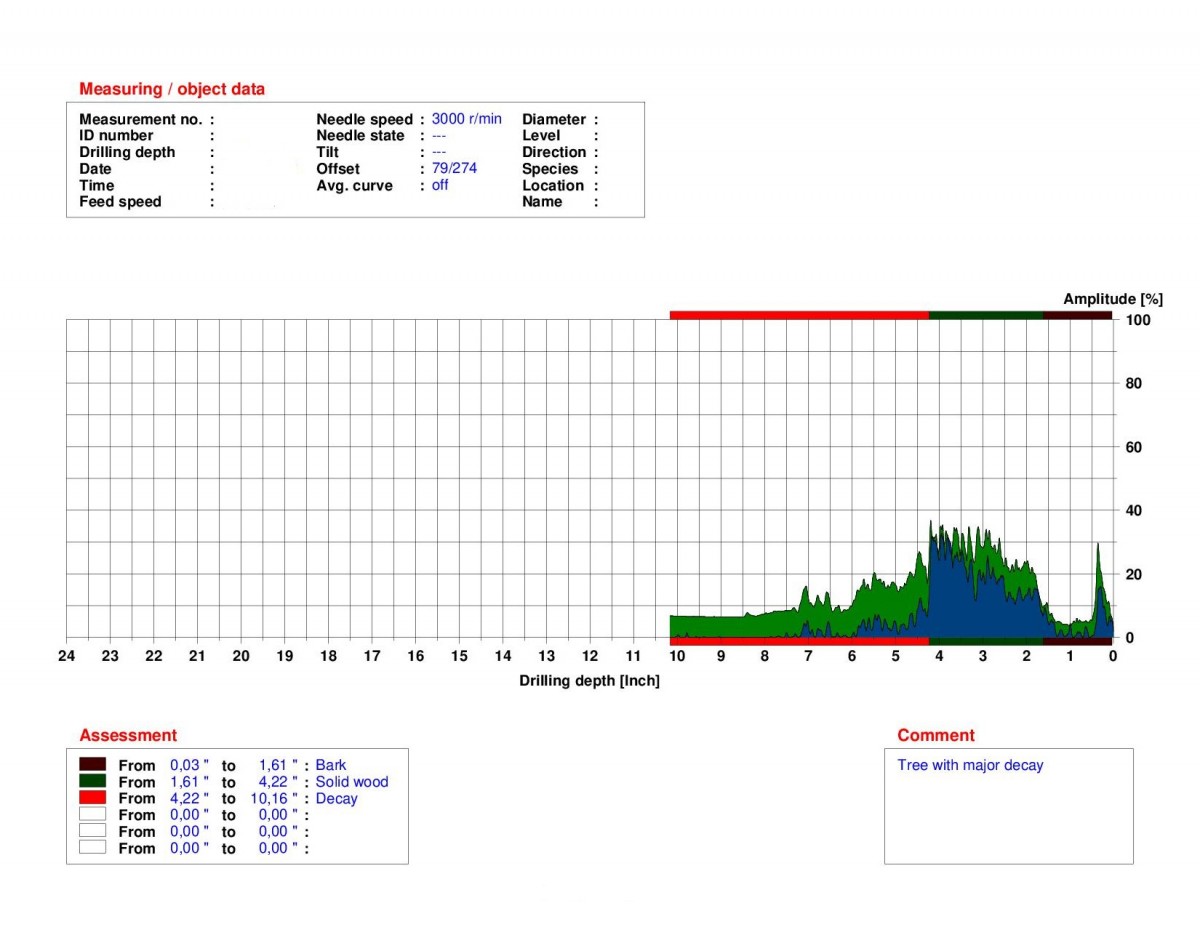
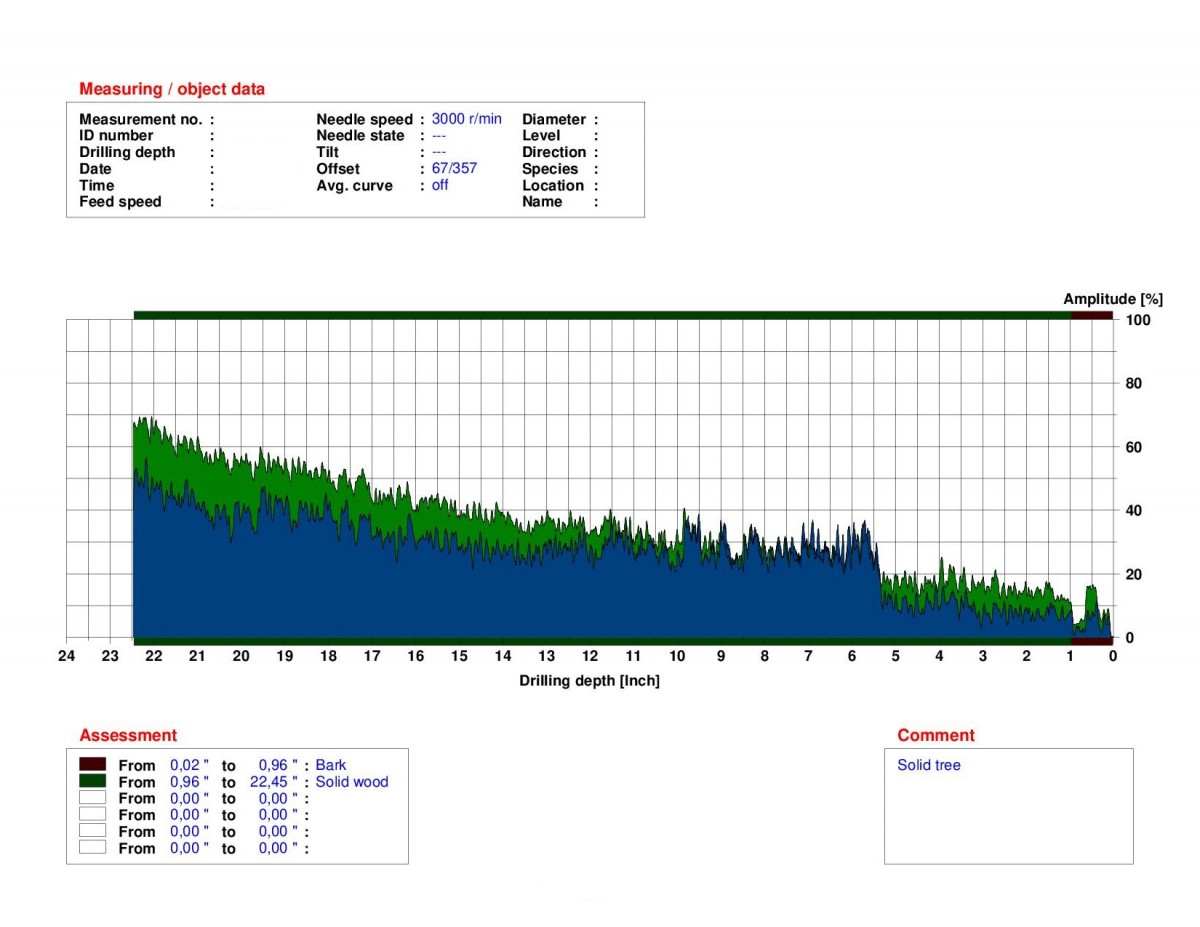
An aerial risk assessment involves a skilled arborist climbing with the testing equipment! If you think your tree requires an aerial inspection, please contact our office for information and pricing. This service is indicated when there are areas of the tree that you can't see from the ground but which need to be assessed.
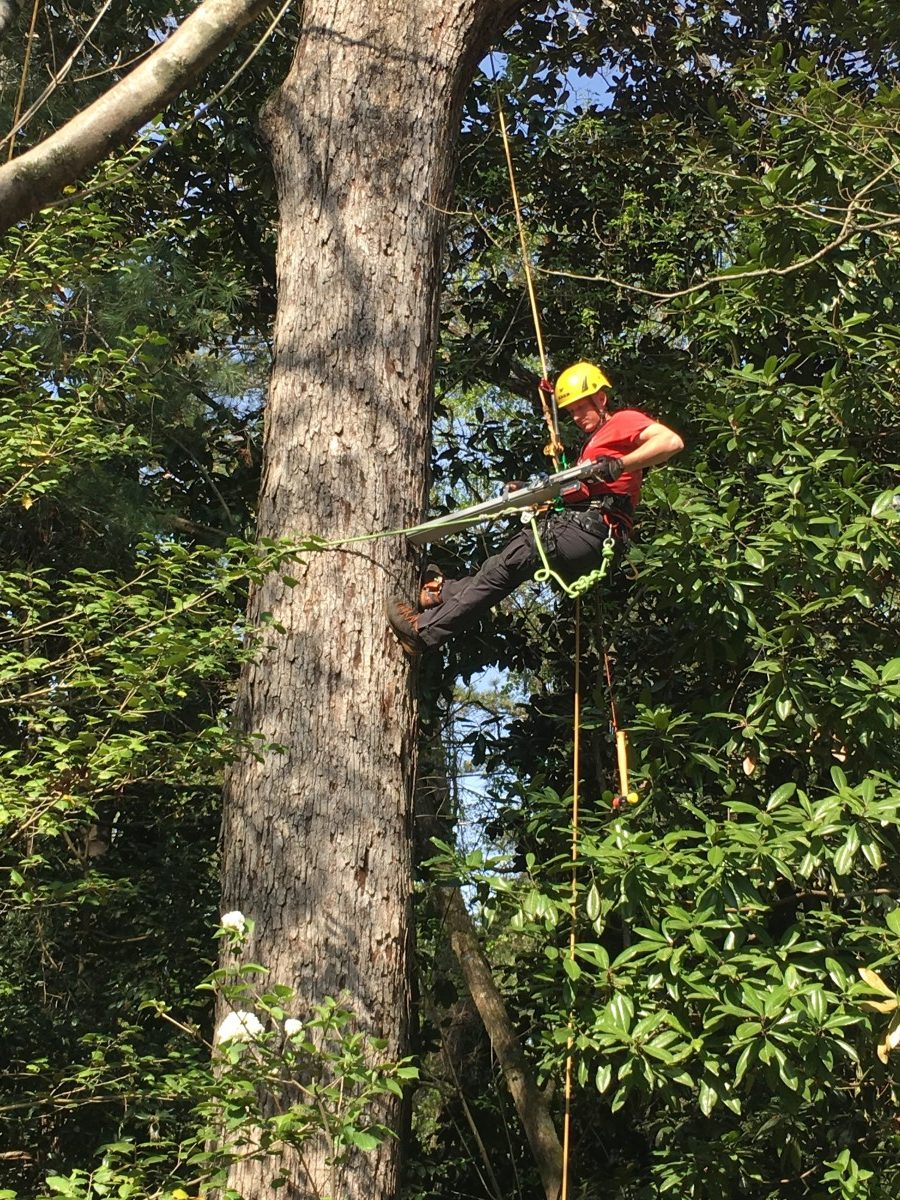
Call Us Today!
At Boutte Tree, Inc., we use over 15 years of experience to work for you and your property. Our local and knowledgeable tree service contractors are licensed and insured. We service residential properties and commercial properties from golf courses to parks. Our company has a core value of sustainability, which means we are committed to doing everything possible to slow and limit our impact on the environment. As arborists, we care about people first and trees a close second.
Worried about trees on your Atlanta property? Call Boutte Tree at (404) 799-5472 and get an expert tree risk assessment service today!
